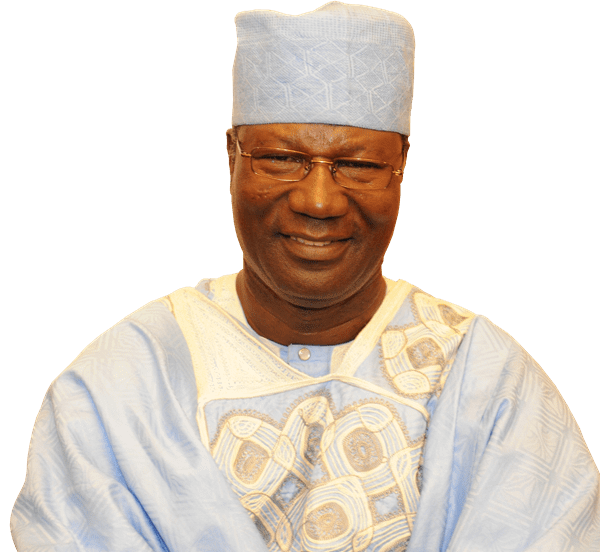A vast number of people annually are affected by natural disasters. Children are at risk of losing their lives and suffering mentally or physically after such events. There is growing evidence of the ability of children to act as protagonists in action to reduce climate and disaster risks in their communities.
Children have a unique perception of these risks, combining external information with their own experiences. They are also able to communicate these perceptions of risk to others to bring about changes in behaviour that will reduce risks and vulnerabilities.
An improved understanding of these processes is essential to make policies and programmes sensitive to children’s needs and to create enabling environments for their participation and agency. Children commonly make up over half of the population of any community, yet their voices are seldom heard or their views are taken into account. To date, the policies and practices of disaster management and climate change adaptation have mainly targeted the needs of adults.
Adults are generally assumed to be attuned to the needs of their families and the wider community and to act harmoniously to meet these interests. Meanwhile, children are often depicted only as victims of disaster events and climate change impacts. Recent research challenges these dominant perspectives by asking: How do children experience and conceptualise climate and disaster risks? How do children communicate these risks to others, take action, change behaviour and reduce risks? What does this understanding tell us for improving adaptation and disaster policy and practice?
Findings confirm the importance of making both children’s needs and participation central in planning and action for disaster risk reduction (DRR) and climate adaptation at the community level to ensure their success. Children have a unique view of risks affecting their lives. No one has a more valuable understanding of the risks facing the lives of children in developing countries than the children themselves. They are acutely aware of the broad spectrum of risks they face including those deriving from human-induced vulnerability and societal risks such as drug and alcohol abuse, which can be as important as those related to natural hazards such as changing rainfall.
Children are enthusiastic pioneers of innovative risk communication tools. Both participatory video and theatre groups have proved effective in stimulating local research and advocacy for children’s groups. Local murals have also provided a means of informing and advocating change within communities, targeting both peer groups within schools and the wider community. Children have the potential to be agents of change. Examples from across children’s groups demonstrate children’s ability to identify, discuss, analyse and prioritise actions, facilitated by common tools that assess community-level vulnerability, capacity and risk.
A growing range of examples show how children have followed this by initiating risk-reduction activities including actions that require varying degrees of engagement with others. Children’s participation includes their role as direct protagonists but also as catalysts for collective action and behavioural change in others. Promoting child participation does not remove the burden of responsibility for action from adults, who must support the creation of an enabling environment for children to participate and voice their perceptions and opinions.
Research shows how communication and interaction with other members of the community are crucial to creating active support and behavioural changes that reduce climate and disaster risks. The research demonstrates children’s pivotal position in many communities due to their growing access to information from school, media, information technology and training workshops. They are also often more conscious of the implications of wider-scale processes such as global climate change, than adults. Children’s knowledge and actions challenge orthodox models of risk communication, in which experts inform the public about risks and recommend responses. Instead, children ‘co-construct’ the knowledge needed to communicate risk by placing external information within their reality. Concerning the policy implications, the following recommendations need to be considered: Disaster risk reduction and mitigation policies and programmes require a much greater focus on the needs of children.
To do so, they need to be grounded on children’s own perceptions, opinions and experiences. Adults in the community and organisations working on climate change adaptation and DRR should create enabling environments where children can conceive, initiate and lead actions that reduce risks and adapt to a changing climate – integrating children and adults into collective action. Improving the ability of children to extend their voice beyond community boundaries, including by developing networks, exchanges, forums and use of the internet to support their advocacy will contribute to more effective climate change adaptation and DRR policies and programmes.
Finally, children’s adaptation needs and spaces for child participation must be prioritised in international frameworks such as the deliberations of the United Nations Framework Convention on Climate Change (UNFCCC) and Global Platforms for DRR, including in financial flows and reporting mechanisms.
* Dr Moses Amweelo is a former minister of works, transport and communication. He earned a doctorate in Technical Science, Industrial Engineering and Management from the International Transport Academy (St Petersburg, Russia).


